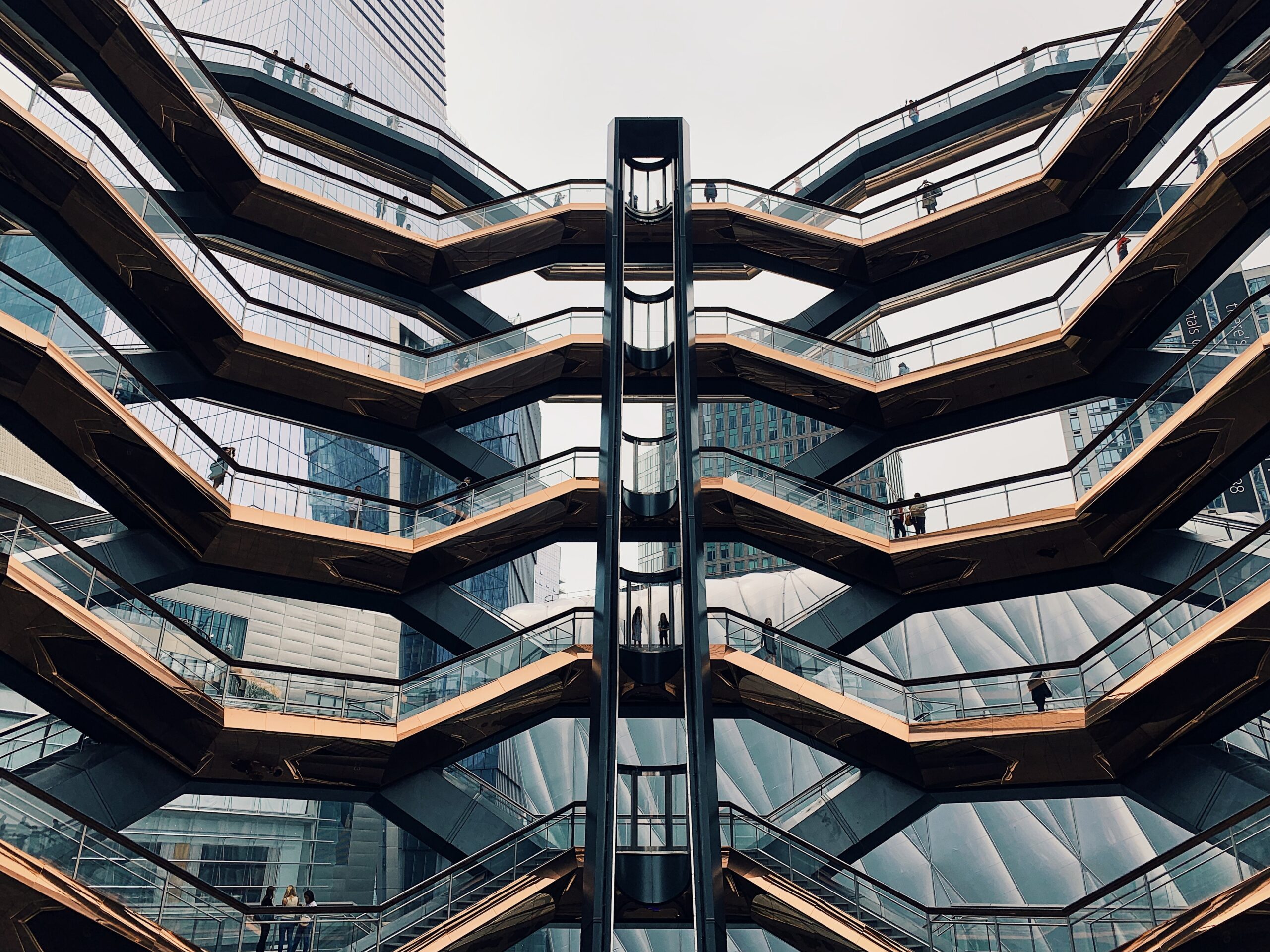Unlocking the Beauty of Architecture: Exploring 13 Different Types of Facades

As the saying goes, “Don’t judge a book by its cover.” However, when it comes to architecture, the facade is precisely what captures our attention and leaves a lasting impression. A facade is not just a superficial layer; it is the face of a building, reflecting its style, function, and personality. In this blog, we will delve into various types of facades that grace buildings with their distinctive charm and explore how they shape the world of architecture.
1. Load-Bearing Walls Facade
One of the oldest and most traditional facade types, the load-bearing wall facade carries the weight of the building through its walls. Constructed with sturdy materials like brick, stone, or concrete, this facade exudes a timeless appeal and exemplifies architectural strength.
2. Framed Buildings Facade
Framed buildings facades are a modern marvel that revolutionised how we construct tall structures. Utilising steel or reinforced concrete frames, these facades allow for open, flexible spaces and enable architects to showcase their creativity with more oversized windows and intricate designs.
3. Cladding Facade
Cladding facades are a versatile option that involves attaching an external layer to the building’s structure. This outer skin can be crafted from various materials, such as metal, wood, glass, or composite panels, resulting in a stunning visual effect while providing additional insulation and protection.
4. Load-Bearing Stone Facades
Exuding elegance and sophistication, load-bearing stone facades showcase the natural beauty of stones like granite, limestone, or marble. These heavy stones provide structural support and create a majestic and dignified appearance.
5. Non-Load-Bearing Stone Facades
Unlike their load-bearing counterparts, non-load-bearing stone facades are purely decorative and do not support the building’s weight. Architects often use these facades to add ornamental features, embellishing the building’s overall aesthetic.
6. Stone as a Decorative Feature on Facade
Using stone as a decorative element can enhance the facade’s visual appeal. By incorporating stone elements strategically, architects can add texture, character, and a touch of luxury to the building’s exterior.
7. Non-Load-Bearing Masonry Facade
Non-load-bearing masonry facades are an exquisite blend of artistry and functionality. These facades rely on masonry materials, such as bricks or concrete blocks, for their aesthetic charm rather than structural support.
8. Stick Curtain Wall Facade
Curtain walls have gained immense popularity in modern architecture. The stick curtain wall facade involves assembling individual components on-site, allowing architects to create visually stunning glass facades and introduce natural light into the building.
9. Unitised Curtain Wall Facade
Unitised curtain wall facades take the concept of curtain walls to the next efficiency level. Here, large sections of the facade are pre-fabricated and assembled off-site, making the installation process quicker and more streamlined.
10. Build-up Walls Facade
Build-up wall facades are composite systems with multiple layers, such as insulation, air barriers, and cladding materials. This approach optimises energy efficiency and weather resistance while adding depth to the building’s appearance.
11. Backing Walls Facade
Backing walls serve as the primary support for the facade, ensuring stability and structural integrity. They play a crucial role in helping other facade types perform their intended functions efficiently.
12. Infill Wall Facade
Infill wall facades fill the gaps between the structural components, providing the building with a smooth, continuous appearance. Architects often infill walls with glass, metal, or lightweight concrete.
13. Ventilated Rain Screen Walls Facade
Ventilated rain screen walls are designed to manage moisture effectively, enhancing the building’s durability and energy efficiency. These facades create a gap between the outer cladding and the backing wall, allowing proper ventilation and drainage.
In conclusion, facades are more than just exterior surfaces; they embody the spirit of a building, blending functionality and aesthetics in a harmonious dance. From traditional load-bearing walls to cutting-edge curtain walls, each type of facade contributes its unique touch to the world of architecture. At City Elevate, we specialise in creating stunning facades that stand the test of time, harnessing the power of architectural innovation to leave a lasting impression on the world. Discover the beauty of facades with us, as we redefine the face of modern architecture.


Mario at 12:42, July 21, 2023 -
Great descriptions, thanks!
Comments are closed.